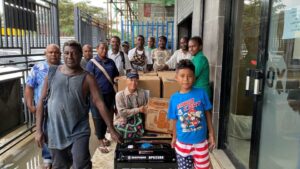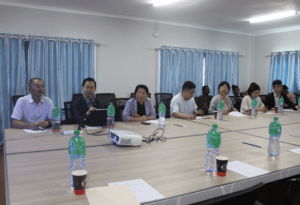BY JOHN HOUANIHAU
A forest monitoring survey based on technical assessments was recently carried out by local rangers of the Babatana Rainforest Conservation Project in South Choiseul.
The survey work was carried out earlier this year by local rangers from 17 to 20 January 2023.
The rainforest in the Babatana Area on Solomon Island has remarkable and unique biodiversity due to its isolation and biogeography and is home to the Sirebe tribe in Choiseul province.
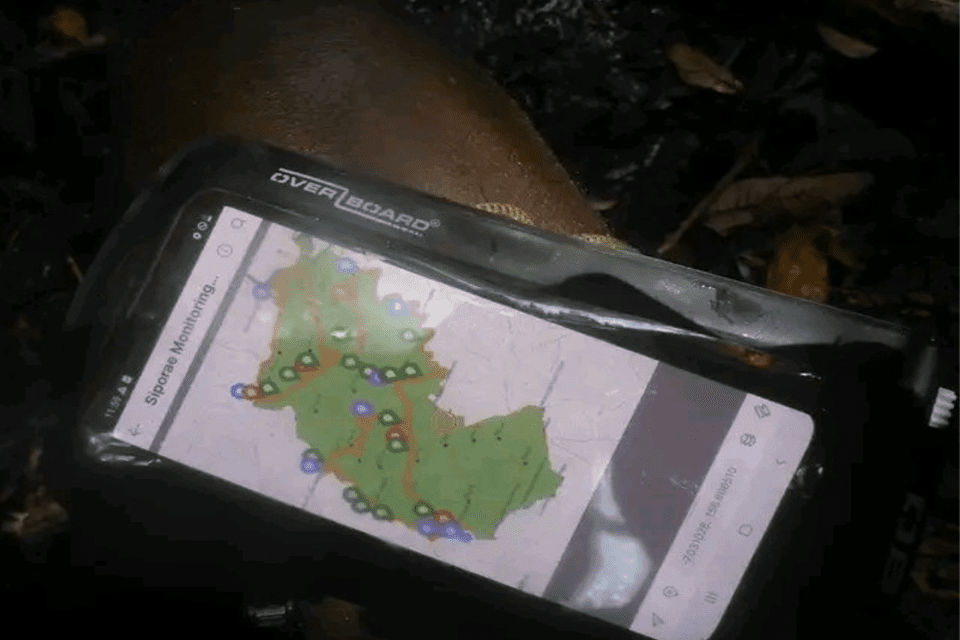
Babatana Rainforest Conservation Project Coordinator, Cornelius Qaqara told ENVIRONMENT MEDIA that the monitoring survey was developed and conducted to guide the monitoring of project benefits across all sub-projects under the Babatana Rainforest Conservation Project.
The following aims for monitoring are:
• Measure, report, and verify ecosystem service outcomes delivered by the Babatana project.
• To make sure the forest is protected and remains intact, verify that the carbon we capture is in the forest.
• Engage the forest rangers to work and receive payments based on performance.
• Witness, track, monitor and stop any forest loss and degradation.
• Show the Plan Vivo Standard that the forest remains and that we are collecting the data.
• Improve conservation and biodiversity management by using collected data.
The Babatana Rainforest Conservation Project made history when it became the first project in the Solomon Islands to access the voluntary carbon market in 2021. The Project follows a grouped design and has six tribal groups, all establishing their carbon projects, and collectively protecting over 9000 hectares of primary rainforest.
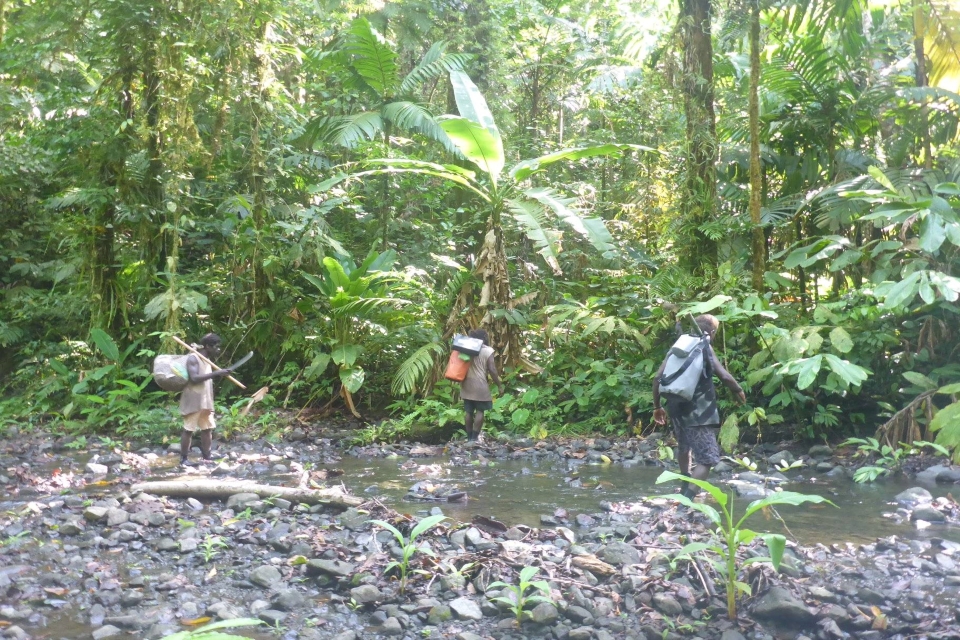
It’s been two years since the Sirebe Tribe made history by becoming the first landowner group in the Solomon Islands to commence trading under a forest carbon project.
In October 2021, the Sirebe Tribe started trading on the voluntary carbon market, selling their first credits to international ethical buyers – myclimate, Ekos, and Cookson Adventures.
Over the past years, three other Babatana tribes have made significant progress towards certification through the Plan Vivo Foundation. This will allow them to enter the voluntary carbon market. Siporae, Padezaka, and Vuri forests are now official Protected Areas, and Vuri and Padezaka Tribes have completed their social impact monitoring to understand the livelihoods baseline for their communities.
Cornelius Qaqara said the monitoring provides general guidance for all sub-project indicators such as measures of verification and standard operating procedures to monitor project carbon, ecosystem, and livelihood indicators.
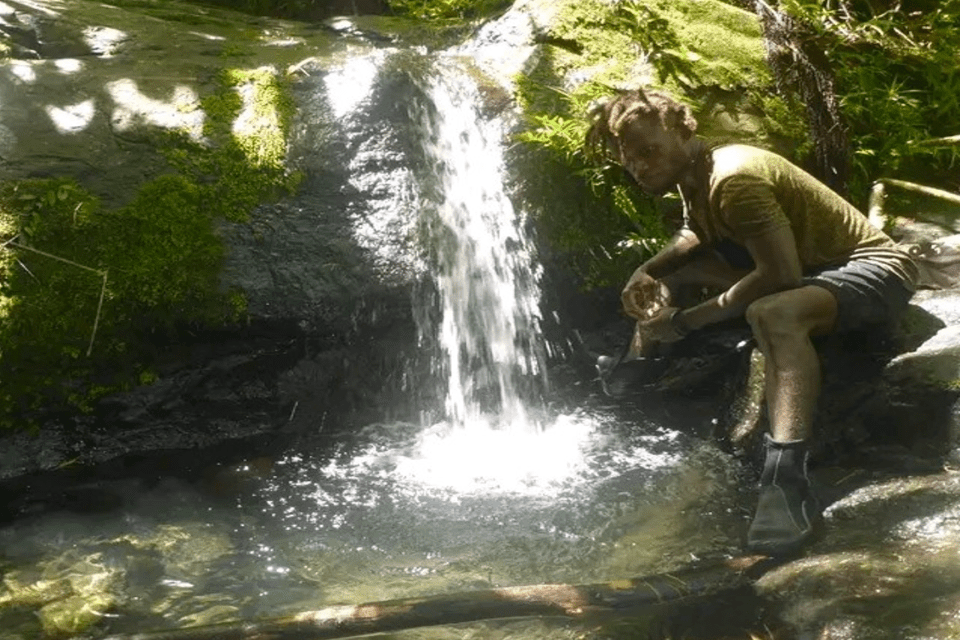
He said the monitoring plan was developed to meet the requirements of the Plan Vivo Standard for 30 years and applies to Avoided Forest Degradation- Logged to Protected Forest Projects.
“Plan Vivo standard is a standard that all carbon project groups must qualify, a requirement all carbon project owners must meet to qualify and sell carbon
“The Babatana Project has monitored carbon, ecosystem, and livelihood indicators.
“The indicators are monitored in specific intervals (monitoring periods) for the lifetime of the project,’’ Qaqara said.
The Babatana Rainforest Conservation Project is led by The Natural Resources Development Foundation Solomon Islands, with the support of Nakau.
The project coordinator and the project owners (Babatana conservation groups) are responsible for monitoring with support from Nakau. The two monitoring indicators that the rangers carry out in the Project site. The indicators are Carbon Indicator – Forest Cover Loss and Ecosystem Indicator – Presence of Key Species.
Cornelius Qaqara said the Carbon Indicator (Forest cover loss) includes the monitoring of forest cover with the purpose to identify and measure potential areas of forest cover loss in the Eligible Forest Area (EFA) which would lead to avoidable loss of forest carbon stock and reversals of carbon credits.
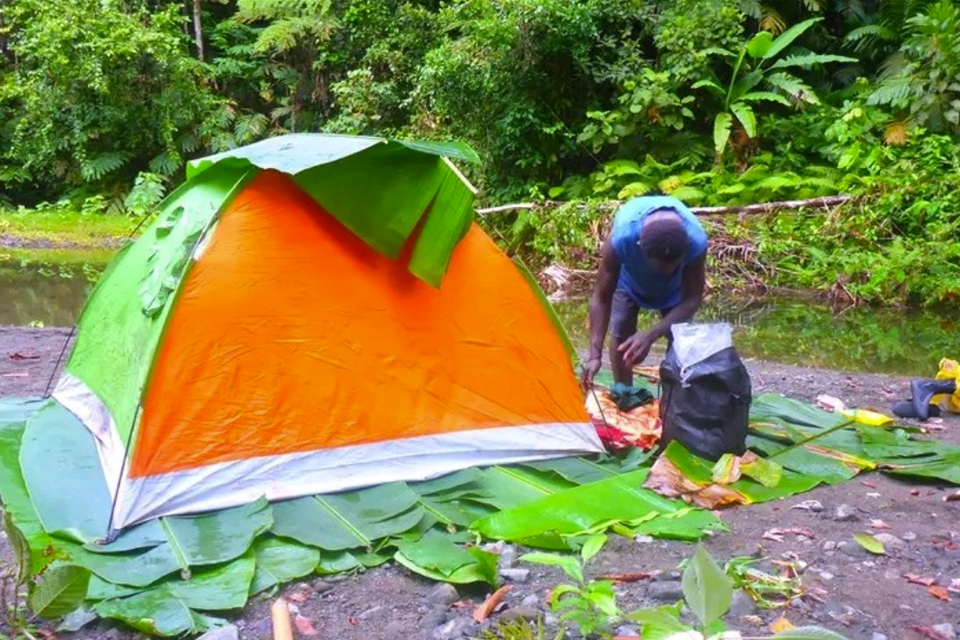
He said that the Forest cover loss in the EFA is monitored in the field using transect and boundary patrols carried out by landowner rangers where any incidents of encroachment of agriculture or illegal logging are recorded.
“The Monitoring of potential forest cover loss in predefined risk areas within the EFA and along the boundary where there is an elevated likelihood of human disturbance.
“Whilst the monitoring method consists of rangers patrolling the interior and boundary of the EFA along monitoring transects and a boundary track that has been previously designed in the sub-project map to capture risk areas.
“For Ecosystem Indicator (Presence of key species), Mr. Qaqara said that the Babatana Project ecosystem monitoring system involves the periodic verification of the presence of selected key species that are representative of healthy forest ecosystems and biodiversity.
“Each sub-project like Siporae has the same Ecosystem Monitoring Indicators.
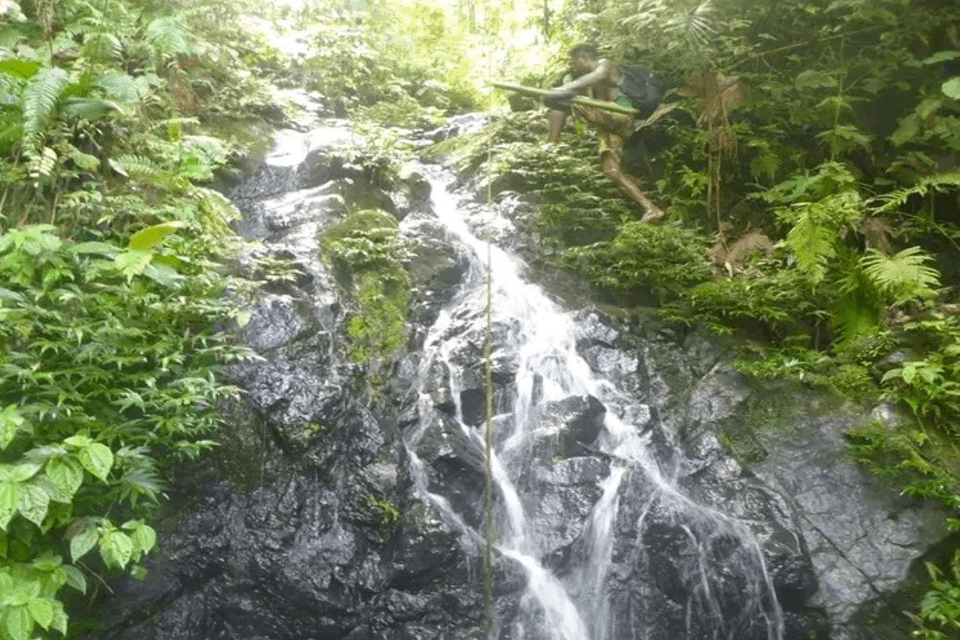
“The purpose of the Ecosystems is to monitor of potential impacts of project activities on forest ecosystems and biodiversity.
“All fauna species are monitored using opportunistic observations while conducting the forest boundary and transect walks.
“The rangers record a waypoint with the name of the species code in the Avenza app or a GPS at the sighting location of the fauna species.
“At the end of the monitoring period, the project coordinator will create a distribution map of the key species locations that shows the presence of all species observed during monitoring.
“The monitoring results are further presented in the annual monitoring report,” the Babatana Rainforest Conservation Project Coordinator said.


